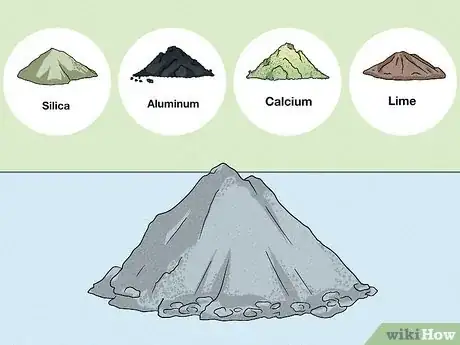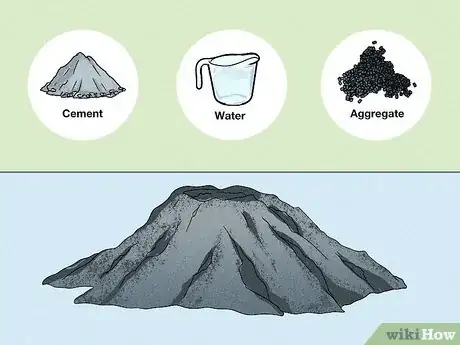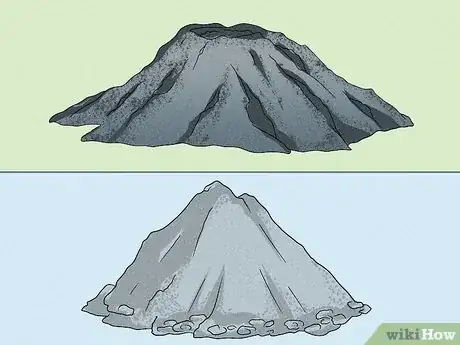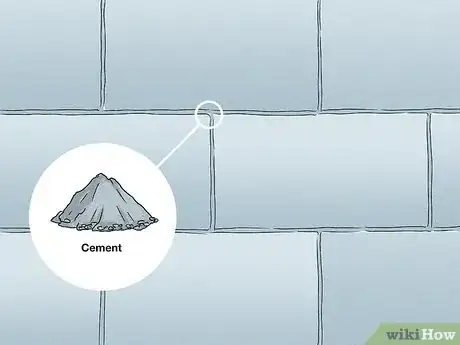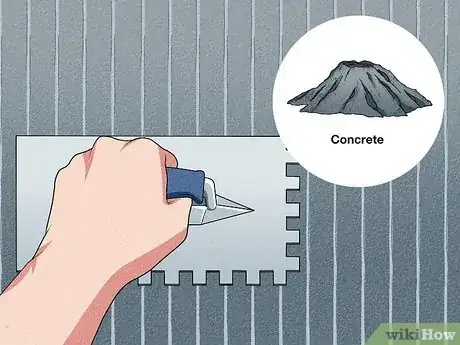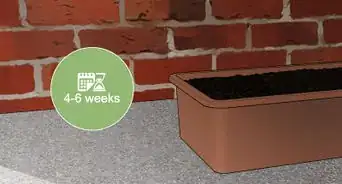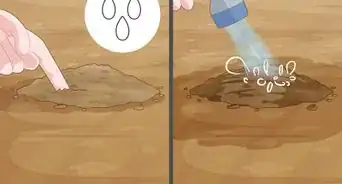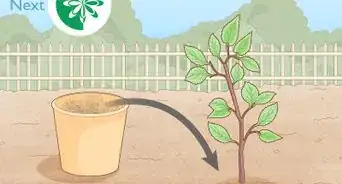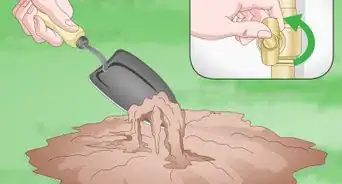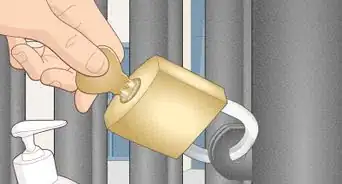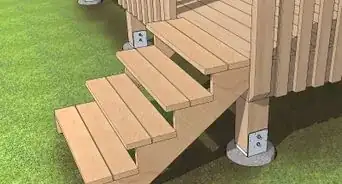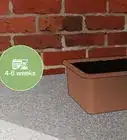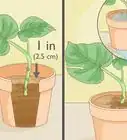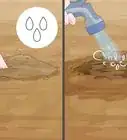This article was co-authored by wikiHow staff writer, Eric McClure. Eric McClure is an editing fellow at wikiHow where he has been editing, researching, and creating content since 2019. A former educator and poet, his work has appeared in Carcinogenic Poetry, Shot Glass Journal, Prairie Margins, and The Rusty Nail. His digital chapbook, The Internet, was also published in TL;DR Magazine. He was the winner of the Paul Carroll award for outstanding achievement in creative writing in 2014, and he was a featured reader at the Poetry Foundation’s Open Door Reading Series in 2015. Eric holds a BA in English from the University of Illinois at Chicago, and an MEd in secondary education from DePaul University.
This article has been viewed 2,192 times.
Learn more...
While people often use the terms concrete and cement interchangeably, they’re actually quite different from one another. In fact, the two materials don’t have much in common when it comes to how they’re used. In this article, we’ll explain what these two materials are, what makes them different, and how they’re used.
Things You Should Know
- Cement is an adhesive that binds extremely strongly, but doesn’t make a suitable building material on its own.
- Concrete is a combination of cement, water, and small stones. It’s a key building material you’ll find almost everywhere.
- Concrete is much stronger and more durable than cement—cement on its own won’t last long.
Steps
References
- ↑ https://www.britannica.com/technology/cement-building-material/History-of-cement#ref76638
- ↑ https://mtcopeland.com/blog/how-is-concrete-made/
- ↑ https://todayshomeowner.com/cement-vs-concrete-understanding-the-difference/
- ↑ https://civiltoday.com/civil-engineering-materials/cement/46-uses-of-cement
- ↑ https://theconstructor.org/concrete/uses-concrete-civil-engineering/35992/
